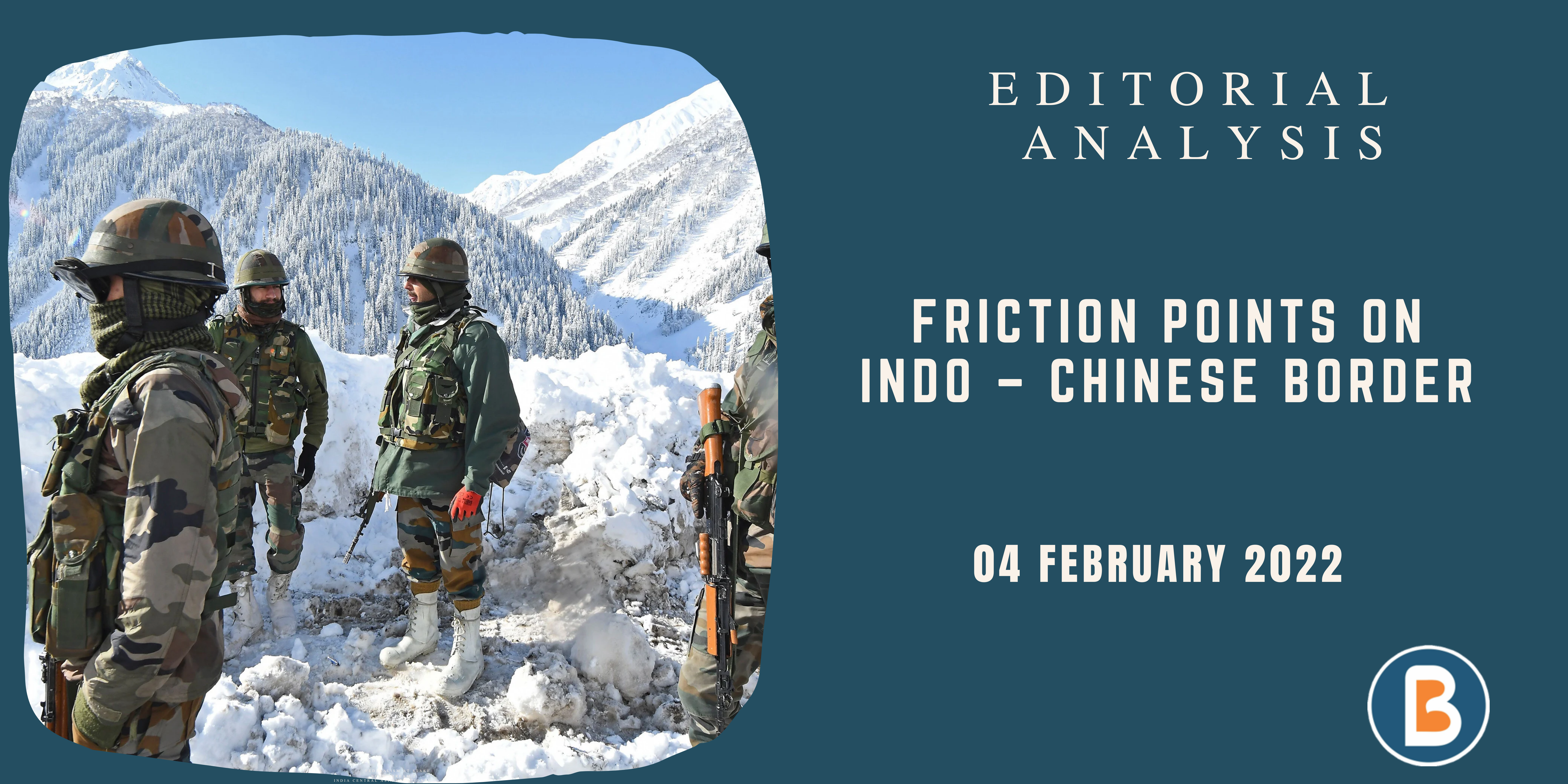Crafting a new phase in India-U.K. defence ties
Context:
Defence Minister Rajnath Singh’s recent visit to the United Kingdom after a 22-year gap signifies a shifting geopolitical landscape. Growing Chinese military power and its expansion into the Indian Ocean have prompted the U.K. to reassess strategic priorities, creating an opportunity for India-U.K. collaboration in the defence sector.
Relevance:
GS – 02 (International Relations, Indian Diaspora)
Prelims:
Indo-pacific, FTA
Mains Question:
Examine the evolving dynamics of India-U.K. defence relations, with a focus on collaborative efforts in addressing technological gaps in naval capabilities. Analyze the strategic imperatives and challenges in the context of shifting geopolitical realities. (250 words)
Dimensions of the Article:
- Strengthening Naval Capabilities
- Electric Propulsion Collaboration
- Mitigating Technical Challenges
- Strategic Importance of Electric Propulsion
- Opportunities and Challenges in India-U.K. Defence Ties
- Shifting Strategic Realities
- Reinforcing Military Presence
- Educational and Economic Dimensions
Strengthening Naval Capabilities:
- The Indian Navy faces challenges in matching the capabilities of the People’s Liberation Army Navy (PLAN), especially in the context of emerging technologies.
- Defence Minister Rajnath Singh’s visit focuses on addressing these gaps, with a particular emphasis on securing technologies that can enhance India’s naval prowess.
Electric Propulsion Collaboration:
- A significant area of collaboration between India and the U.K. is in the field of electrical propulsion for aircraft carriers.
- While the Indian Navy currently lacks electric propulsion technology, the Royal Navy has successfully implemented it in the Queen Elizabeth Class aircraft carriers.
- The advantage of low acoustic signature and enhanced power generation makes this technology crucial for future naval capabilities.
Mitigating Technical Challenges:
- Anticipating the need to bridge technological gaps, preliminary engagements between India and the U.K. preceded Rajnath Singh’s visit.
- The establishment of a joint working group, termed the “India-UK electric propulsion capability partnership,” indicates a shared commitment to overcoming technical challenges associated with electric propulsion.
- Discussions have delved into the transfer of technical know-how and practical experiences.
Strategic Importance of Electric Propulsion:
- As the PLAN explores electric propulsion for its warships, India cannot afford to lag behind. The advantage of a low acoustic signature, coupled with enhanced power generation, positions electric propulsion as a crucial element for India’s future naval surface combatants.
- The collaborative efforts aim to integrate this technology into Indian Navy vessels, starting with landing platforms docks and later extending to guided missile destroyers.
Opportunities and Challenges in India-U.K. Defence Ties:
- While the defence relationship between India and the U.K. offers significant opportunities, challenges persist. Historical ties with India and Pakistan pose a delicate balance for the U.K.
- Successive governments’ policies of supplying weapons to both nations have raised concerns about the U.K.’s motives. Contentious issues such as Khalistan and Sikh separatism further complicate the relationship.
Shifting Strategic Realities:
- Strategic dynamics have undergone a shift with the rise of China as a major naval power. China’s increasing deployments in the Indian Ocean Region (IOR) necessitate closer defence ties between the U.K. and India.
- Joint military exercises, defence industrial cooperation, and the deployment of British naval groups highlight the shared interest in countering common challenges.
Reinforcing Military Presence:
- During Rajnath Singh’s visit, the U.K. announced plans to deploy a littoral response group in 2024 and a carrier strike group in 2025.
- This underscores the commitment to training and enhancing interoperability with the Indian Navy. The U.K.’s renewed military involvement in the East of Suez reflects a strategic realignment.
Educational and Economic Dimensions:
- Beyond defence, India-U.K. relations encompass educational and economic dimensions.
- The Joint Economic and Trade Committee (JETCO) meetings, commitment towards a Free Trade Agreement (FTA), and collaboration in sectors like science and technology illustrate the multifaceted nature of the bilateral relationship.
Way forward:
- Collaborative Technological Advancements: The collaboration between India and the U.K. in the realm of electric propulsion represents a crucial step in addressing India’s naval capabilities’ technological gaps. The commitment to sharing expertise, training, and infrastructure development signals a forward-looking approach.
- Navigating Historical Complexities: Efforts should be made to navigate historical complexities, especially concerning the U.K.’s relationships with India and Pakistan. Balancing defence ties without compromising regional stability remains a challenge, requiring diplomatic finesse.
- Strengthening Strategic Partnerships: Amidst challenges, the imperative for both nations is to strengthen strategic partnerships. Recognizing the common threat posed by China’s naval expansion, India and the U.K. can jointly contribute to maritime security and stability in the Indian Ocean.
- Enhancing People-to-People Ties: Beyond governmental interactions, fostering people-to-people ties through cultural exchanges and educational collaborations is essential. The richness of cultural linkages and the Indian diaspora’s role can serve as bridges for deeper understanding and cooperation.




